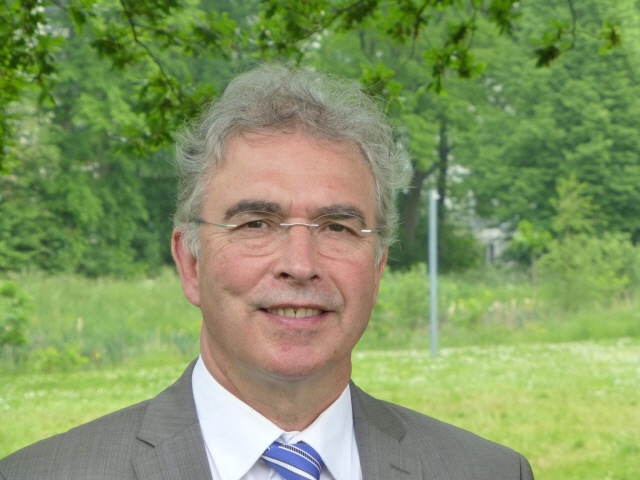From the Neolithic Revolution (~12 000 BCE), the Earth’s population grew from around 4 million, primarily hunter gatherers, to ~1 Billion by the industrial revolution (1750-1800) using power from a mixture of sources: wind, water, biomass burning and some coal combustion. Subsequently, because of the provision of inexpensive power from the increasingly efficient exploitation of fossil fuels, population began to grow rapidly. It will reach ~10 Billion by 2050. Now more than 50% of the population live in urban agglomerations. The longevity and standard of living of the earth’s population has also risen dramatically.
The pollution associated with the above benefits associated extends now from the local to the global scale. It is modifying atmospheric chemistry and composition (viz. the short-lived chemical pollutants, SLCP, long-lived greenhouse gases, GHG, and ozone depleting substances, ODS). This has many impacts and because of anthropogenic activity, the earth system is being changed to such an extent that it has entered a new geological epoch the Anthropocene.
To separate and assess accurately the impact of natural phenomena and anthropogenic activity on the earth, global measurements of key atmospheric constituents are required. Adequately temporally and spatially sampled measurements from space meet this need. This talk addresses the evolution, successes and challenges in measuring atmospheric pollution from space.

